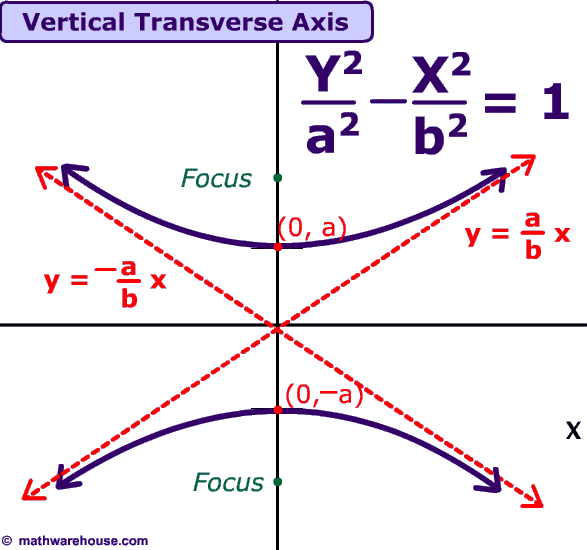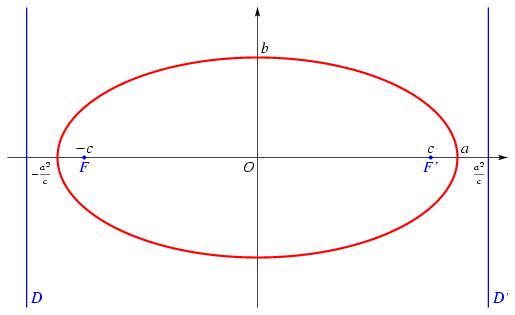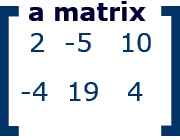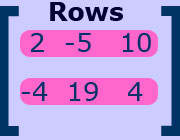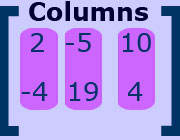- Difference of two squares
- a2- b2 = (a + b)(a - b)
- (x + 3)(x − 3)
- (5x − 1)(5x + 1)
- (x3 − 3)(x3 + 3)
- Trinomial perfect squares
- a2 + 2ab + b2 = (a + b)(a + b) or (a + b)2
- x2 + 2x + 1 = 0
- x2 + 4x + 2 = 0
- a2 - 2ab + b2 = (a - b)(a - b) or (a - b)2
- 3 examples
- Difference of two cubes
- a3 - b3
- 3 - cube root 'em
- 2 - square 'em
- 1 - multiply and change
- 3 examples
- a3 - b3
- Sum of two cubes
- a3 + b3
- 3 - cube root 'em
- 2 - square 'em
- 1 - multiply and change
- 3 examples
- a3 + b3
- Binomial expansion
- (a + b)3 = Use the pattern
- (a + b)4 = Use the pattern
int algebra II - Alex Reid
Friday, November 19, 2010
Identifying special situations in factoring
Saturday, November 13, 2010
Endbehaviors / Naming Polynomials
Linear Equation - y=mx+b
1 Degree
0 Turns
When M is positive -
Raises to the Right, Falls to the Left.
domain → +∞, range → +∞ (rises on the right)
domain → -∞, range → -∞ (falls on the left)
When M is negative -
Raises to the Left, Falls to the Right.
domain → -∞, range → +∞ (rises on the left)
domain → +∞, range → -∞ (falls on the right)
Quadratic Equations - y=ax²+bx+c
2 Degree
1 Turn
(a+b)(c+d)
When A is positive -
Raises Right, Raises Left
domain → +∞, range → +∞ (rises on the right)
domain → -∞, range → -∞ (falls on the left)
When A is negative -
Falls Left, Falls Right
domain → +∞, range → -∞ (falls on the right)
domain → -∞, range → -∞ (falls on the left)
Naming Polynomials
-Numbers of terms is always 1 less than degree
:Degree:
0- Constant
1- Linear
2- Quadratic
3- Cubic
4- Quartic
5- Quintic
6 to ∞- nth Degree
:Terms:
Monomial
Binomial
Trinomial
Quadrinomial
Polynomial
Wednesday, October 6, 2010
Quadratic Functions
How to identify quadratic functions:Standardform: ax² + bx + cy² + dy + e= 0
If you have an equation like 2x² + 2y²=18 The equation is a circle, because a=c
If a or c equals 0 the equation is a parabola (for example: 2x² + 4y= 3)
If a or c have different signs the equation is a hyperbola ( for example: 4x² - 4y²= 12)
If you have an equation like 5x² + 4y²= 20 the equations is an ellipse, because a is not equal to c and the signs are the same
If you have an equation like 2x² + 2y²=18 The equation is a circle, because a=c
If a or c equals 0 the equation is a parabola (for example: 2x² + 4y= 3)
If a or c have different signs the equation is a hyperbola ( for example: 4x² - 4y²= 12)
If you have an equation like 5x² + 4y²= 20 the equations is an ellipse, because a is not equal to c and the signs are the same
Circle
Parabola
Hyperbola
Ellipse
Sunday, October 3, 2010
Multiplying Matrices
You can only multiply two matrices together if the number of columns in the first matrix are the same as the number of rows in the second matrix.
You can then write your dimension statement.
2(rows) x [3(columns) times 3(rows)] x 4(columns). The number of columns and the number of rows are the same so that means you are able to multiply these two matrices. After multiplying the rows by the columns you then take the sum of the products.
You can then write your dimension statement.
2(rows) x [3(columns) times 3(rows)] x 4(columns). The number of columns and the number of rows are the same so that means you are able to multiply these two matrices. After multiplying the rows by the columns you then take the sum of the products.
Saturday, September 18, 2010
Dimensions of a Matrix
The dimensions of a matrix refer to the number of rows and number columns of a given matrix.
The rows of a matrix are the numbers going horizontally.
The columns of a matrix are the numbers going vertically.
To find the dimensions of a matrix you must multiply the (number of rows x the number of columns). The dimensions for the matrix above would be (2 rows x 3 columns). The dimension of the matrix is 2 by 3 or (2x3).
Tuesday, September 14, 2010
Error Analysis
In the table the inputs or x-values increase by 5 ,meaning the slope has to be different. A equation that represents the table is y = 2x + 9.
The student checked the shown equation wrong because they didn't plug the solution in to the other equation. When you plug in (1,-2) in to x + 4y = -5 you get 1-8=5 which is -7 = 5 meaning no solution.
22. The inequality y < x + 3 is graphed incorrectly because the line should have a dashed line instead of a bold straight line. When an equation has a < or > sign and it doesn't have a line underneth them you must graph the line as a dashed line through the points that make up the slope of the equation.
23. The inequality y > -3x - 4 is graphed incorreclt because the inequality should be shaded above the line instead of below the line. When you have y > an equality you must shade above the graph to show that the y-intercept is greater than the inequality.
For #20, the line should be dashed because it is >. In #21, the shaded area should be
below the absolute value line because y <.
below the absolute value line because y <.
Friday, September 10, 2010
Graphing y = a|x-h|+k
In the equation Y= /x-h/ + k, there are many ways in which the absolute value graph can be altered.


The symbolsHand K make up the vertex- The H value inside the absolute value sign directs the point left/right, while the K on the outside directs the point up/down.
- If the H value is positive, the point should be shifted to the left. If negative, it should go the the right. The movement of the H value always goes opposite, while the K value goes up/down the normal way.
- If there is a negative value before the absolute value sign, the graph should open down. If positive, the graph should open up.
Subscribe to:
Posts (Atom)





